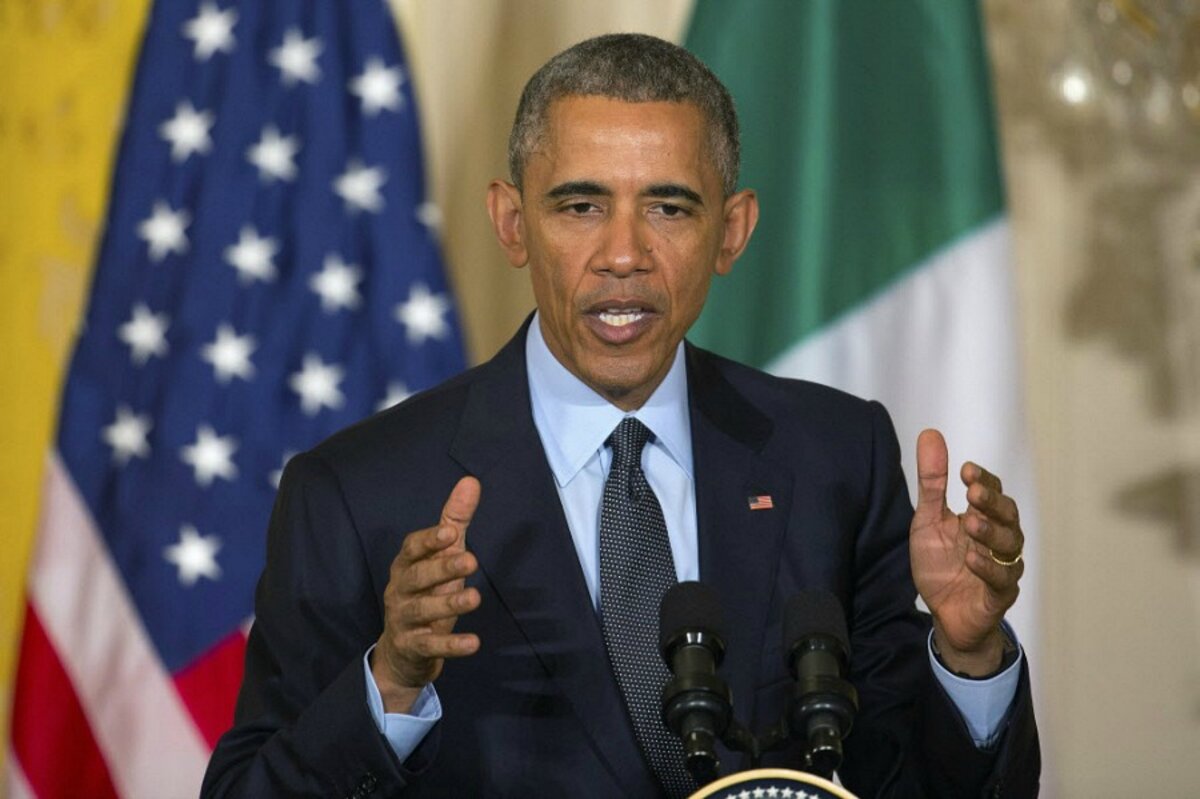Trans-Pacific Partnership: Obama pushes US lead role in Asia
Loading...
| WASHINGTON
President Obama’s quest for a vast trade agreement of 12 Pacific Basin countries involving 40 percent of the global economy may sound like it’s all imports and exports, jobs and commerce. To a certain extent, that’s what it is.
But more broadly, the Trans-Pacific Partnership Mr. Obama would like to conclude this year is about securing and enhancing America’s lead role in the community of Pacific nations. It’s about anchoring Asian countries that are increasingly tied to China’s economy – and overshadowed by China’s assertive behavior in its neighborhood – to a free-market economy upholding Western standards and values.
And it’s about advancing the “Asia pivot,” or “rebalancing” of US interests from the Middle East to Asia, that Obama has touted since taking office, but which most regional analysts say has not got very far as old and new Mideast crises have thwarted the shift.
This week’s congressional compromise on granting Obama special negotiating authority paves the way to swift consideration of new trade pacts – and that puts the Trans-Pacific Partnership, or TPP, and the Asia pivot, back on the agenda.
“If TPP passes, that keeps the US in the game in Asia,” says Walter Lohman, director of the Heritage Foundation’s Asian Studies Center in Washington. “It would make us much more of a factor in the day-to-day economic life of the region and for people, especially in Southeast Asia, who are really focused on commerce and trade.”
On Thursday several key congressional leaders from both major parties announced they had reached a deal to allow a vote on granting Obama what is called “fast-track” trade promotion authority, or TPA. That authority, which has been granted to almost all postwar presidents, allows the administration to negotiate trade deals that will only face an up-or-down vote from Congress but no drawn-out process of amendments.
The Obama administration inherited the foundation of a TPP from the George W. Bush administration, but its size and scope has grown in recent years. At the same time, however, TPP negotiating partners, including Australia, Malaysia, Japan, and Peru, have balked at making key compromises with the US if Obama did not have TPA.
The prospect of quick TPA approval has senior administration officials – starting at the top -- talking about TPP and the “Asia pivot” once again.
On Friday, Obama used a White House press conference with Italian Prime Minister Matteo Renzi to make the case for securing a trade pact with a region increasingly influenced by a booming China.
“The fastest growing markets, the most populous markets are going to be in Asia,” Obama said. “If we do not help to shape the rules so that our businesses and our workers can compete in those markets, then China will set up rules that advantage Chinese workers and Chinese businesses.”
Moreover, Obama suggested that trade deals the US negotiates will adhere to labor and environmental standards and values that aren’t likely to be priorities for the Chinese.
“We’re negotiating the highest-level, highest-standard trade agreement in our history,” Obama said, adding that the TPA compromise, which he said requires that trade deals consider human rights issues, resulted in “the most progressive TPA we’ve had going through Congress.”
Obama’s use of the word “progressive” was almost certainly by design, since many Democrats were quick to blast both TPA and TPP as attacks on American workers and sure paths to more lost American jobs.
Other administration officials have recently underscored the importance of making economic relations, and specifically a regional trade pact, part of the US “rebalancing” to Asia.
In a speech last week before heading off on his first Asia tour as Pentagon chief, Defense Secretary Ashton Carter said the TPP makes “strong strategic sense” and is an essential piece of the “rebalance” to Asia.
The Obama administration has announced a few defense measures as part of the Asia pivot – deploying 2,500 Marines to Australia, assigning four combat ships to operate out of Singapore by 2018 – and has upped US participation in regional political forums.
But securing a lead economic role in the region through TPP may be the key to convincing the region the “pivot” is real.
“TPP is a defining piece of the administration’s policy and in some ways it’s the most important part of the pivot,” says Heritage’s Mr. Lohman. “Our partners want to see a strong economic dimension to our commitment to the region.”
Lohman notes that Asia includes some of the world’s most open and dynamic economies, but also some of its most closed and repressive states.
That’s an argument for advancing a US-led regional trade pact, he adds -- one that would make a trading system based on international norms and US-backed standards a competitive model in Asia.
“TPP shouldn’t be seen in terms of competition with China on an economic level,” Lohman says.
“Where the ‘competition’ argument makes sense is over trading systems and who’s going to be setting the rules,” he says. “TPP is important because it puts the US in the game to set the rules.”





